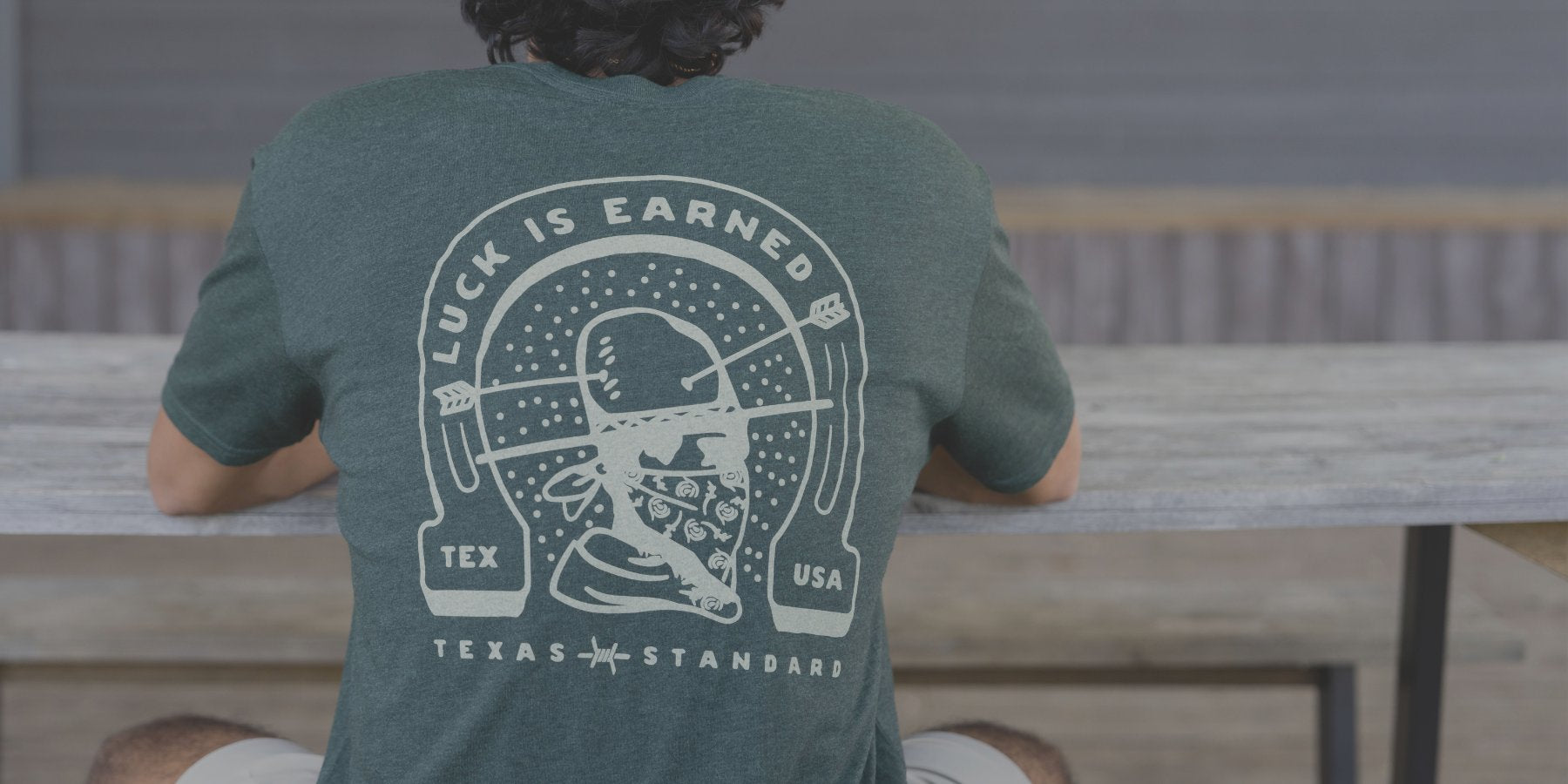The Timeless Icon
Gunslingers, Indians, cowboys, untamed cattle roaming freely: the Wild West. The late 1800s was a time of restlessness, with the declaration of the Homestead Act bringing promises of land, freedom, and prosperity to even the poorest inhabitants of the slowly expanding United States. As lawless behavior appeared to run the new frontier, with the decree of the Homestead Act in 1862 exacerbating the idea of anarchy, one question remains unanswered: who tamed the Wild West?
Not much thought has gone into the evolution of the Wild West we see in films, with cowboys portrayed by the likes of Clint Eastwood and John Wayne, to the orderly and sometimes cosmopolitan fashion of Texas cities we now enjoy. Consequently, credit is seldom paid to the overlooked phenomenon that changed the landscape of Texas as we know it.
The barbed wire fence - a chain of resilient and tough metal, having the ability to be mass-produced because of its innovative weightless quality, caused pain to any who dared invade its space by trifling with its sharp edges. Although as many as 2,000 variations on over 500 barbed wire patents exist, they all hold the same basic principles. A string of interlocked wires with spikes jagging out at precise intervals that, although appear harmless, have the power to doubtlessly defend a plot of land from unwanted intruders and runaway herds.
The true birth year of barbed wire has been speculated time and time again, and accounts of its creation date back to the 1860s. Though, credit for the modern version that we now see laced into the curves and edges of the Texas landscape were granted to Joseph F. Glidden, who patented the most commercially successful version in 1874. Coined “the Winner,” the invention by Glidden proved to be an everlasting tool used by the Texas man to publicize ownership of his land.

Before the barbed wire fence, uncertainty plagued the tall brushes of grass, rugged plateaus and savage scenery that characterized the Old West in the late 19th century. With adventurous souls, frontiersmen traveled into the unknown and searched for a better tomorrow, hoping to escape the unforgiving rapidness of the east. The barbed wire stepped in to create clear boundaries between the lands of entrepreneurs and allowed them to be successful in expressing the independent spirit that was to be exhibited by Texan men for generations to come.
In every sense, the barbed wire is an unmistakable symbol of Texas tradition. Initially used to keep unwanted creatures and folk out, namely traveling cowmen and wild herds of cattle and bison, barbed wire shifted in its purpose as time went on. As the 1800s came to a close, it became a method for distinguishing lines and signaling the beginning and end of land ownership. No longer was barbed wire seen as an unwelcoming force antagonizing ranchers passing through public Texas lands, but rather an emblem of respect for a neighbor’s property.
For many reasons, the invention of barbed wire produced benefits beyond the economic and functional. Before its invention, Texas lacked connection, whether that be between people or among the land. Not only is barbed wire just a piece of the puzzle that is Texas history, but it has also single-handedly become synonymous with Texas culture. Barbed wire embodies the kindness of honoring neighbors’ values, property, and decisions, ingrained in every Texan.
Barbed wire revolutionized Texas, formerly a sea of open, primitive space, into a cornucopia from which abundant resources could be domesticated and reaped. The advantages of containing agriculture within clear lines are second to none and could not have been accomplished without the implementation of barbed wire into the Texas environment.
Whether it’s stitched into the fabric of a Modern Western Polo or featured discreetly on the tag of a made-in-Texas Check, the single strand of barbed wire signifies the resilience, independence, and tradition that has marked Texas culture for over a century. Texas Standard fortifies this ideal by striving to create made in Texas clothing that upholds the Texan code of lending a helping hand to your neighbor.

Other states might say barbed wire represents division, but in Texas, it personifies the unison of strangers and the respect they hold for each other. The barbed wire icon is more than just a way to connect the encompassing ideals of the Texas Standard brand. It is more than just a revolutionary tool that tamed the Wild West and eventually led to the comfort in which Texans are now able to live. It is the joining of neighbors at a fence line. It is integrity. It is friends and family. It is Texas.























Leave a comment